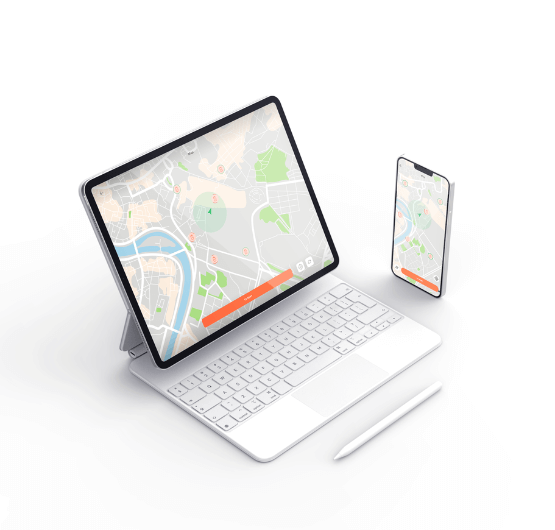This is a prototype an intelligent parking system for detecting free parking spaces based on a sensor network, developed internally at Fortech.
Our goal was to make each parking space ‘aware’ of its state – occupied or not – and relay that information to a central server. We put together an enthusiastic Agile development team and started working.
The system was built using an Arduino Uno board, a geomagnetic sensor for detecting the presence of a vehicle, a ZigBee radio module for communications and a 9 Volt battery to power it all.
Basically, each parking space receives a wireless battery operator sensor, which captures data and provides car drivers with real-time information about parking availability. The parking spaces create a wireless sensor network and publish their status through a web server by using a controller. The information is displayed on a web or mobile application. The connectivity relies on low-power, auto-configurable wireless mesh networks.
Watch Demo

